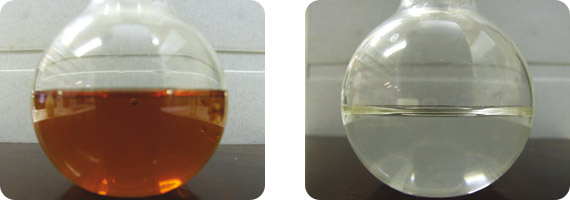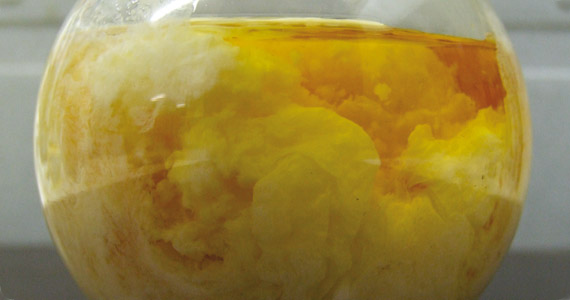Ok, so I am new to Coco. I am having some minor issues using GH 6/9. Rez says to use pH 5.5, H3ad says 5.6-5.9, Canna says 5.8-6.2, I have even heard of starting at 5.2. Obviously each plant is different, but what seems to be the best range overall? Some say feed the same everytime, some say fluctuate.
Water, environment, genes, plant size, etc all will effect growth...but I want to know what everyones favorite pH and the nutes they use. Please share your experiences, I am going to experiment...but want to see peoples opinions. Thanks!!
Water, environment, genes, plant size, etc all will effect growth...but I want to know what everyones favorite pH and the nutes they use. Please share your experiences, I am going to experiment...but want to see peoples opinions. Thanks!!








